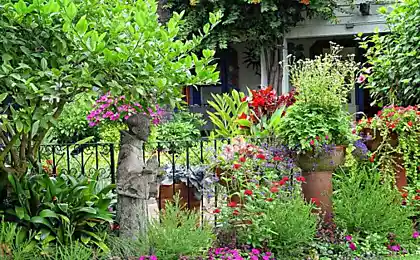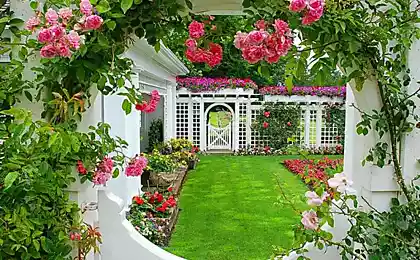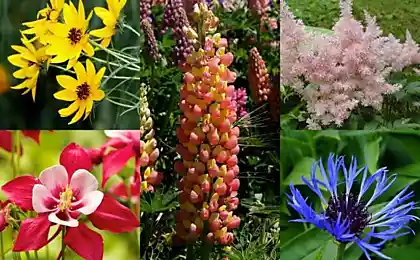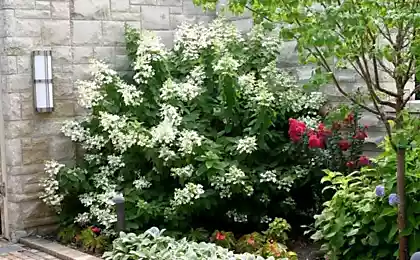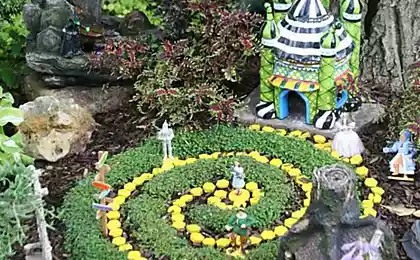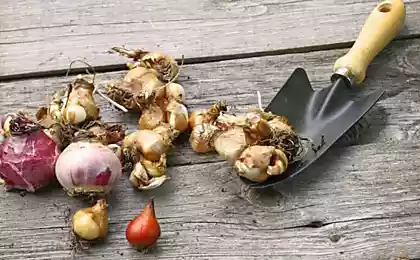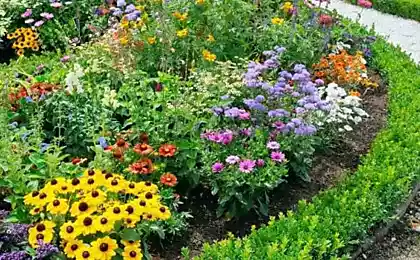147
Why You Should Plant Hydrangeas in Your Garden
Hydrangea is a real favorite of most gardeners. You bet! This unpretentious refined flower can decorate any garden. The hydrangea received its name in honor of the sister of the Prince of the Holy Roman Empire Carl Heinrich Nassau-Siegen.
Later, botanists gave it the name Hydrangea, which means “vessel with water”, because the flower is very moisture-loving. And in Japan, hydrangea is called “ajisai” – “a flower similar to the purple sun.”

hydrangea Hydrangea flowers They grow in shrubs, small trees, curled with vines to a 30-meter height. Flowering begins in spring and continues until late autumn. Hydrangea can safely winter in the open ground, so that lush flowers will please you for a year or two, or even a decade!
Features of cultivation
You will never regret planting hydrangeas in your garden! From spring to autumn it will delight you with its touching and charming beauty.
Later, botanists gave it the name Hydrangea, which means “vessel with water”, because the flower is very moisture-loving. And in Japan, hydrangea is called “ajisai” – “a flower similar to the purple sun.”

hydrangea Hydrangea flowers They grow in shrubs, small trees, curled with vines to a 30-meter height. Flowering begins in spring and continues until late autumn. Hydrangea can safely winter in the open ground, so that lush flowers will please you for a year or two, or even a decade!
Features of cultivation
- Most of the flowers of hydrangea are white, but can have a completely different color. It depends on the level. pH: in neutral soil, the color of the flowers is white or beige, in alkaline - lilac or pink, and in sour - blue. The latter is due to the ability of plants to accumulate aluminum, which is released from acidic soil. To create a composition of colorful bushes, it is enough to change the acidity of the soil under each of them.

- Hydrangeas is incredible moisture-lovingTherefore, it is necessary to treat watering the flower with great seriousness.

- The flower loves scattered sunlight and penumbra. In a sunny place, it will also take root, but in this case, the delicate petals will quickly burn out and flowering will be short.

- Balanced nutrition One of the main principles of hydrangea care. If you overfeed the plant with organic, then do not expect flowering. Remember, it's better not to feed! Nitrogen can and should be applied only in the spring, and then switch to phosphoric and potash fertilizers.
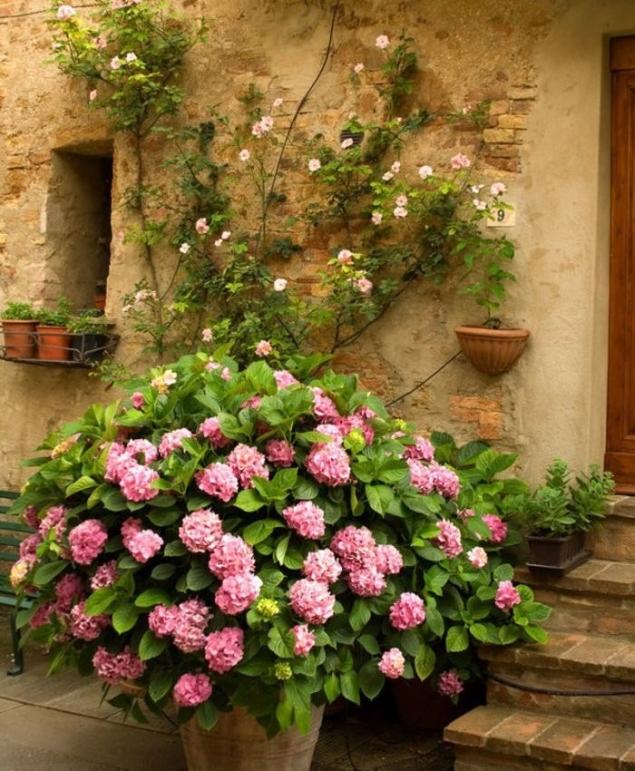
- Winter shelter is a must! After all, even the most cold-resistant varieties heat up in the winter. But if your hydrangea is still frozen, do not despair! It will likely come into shape after the growing season.

- By the way, hydrangea is extreme. rare It's pest-infected!
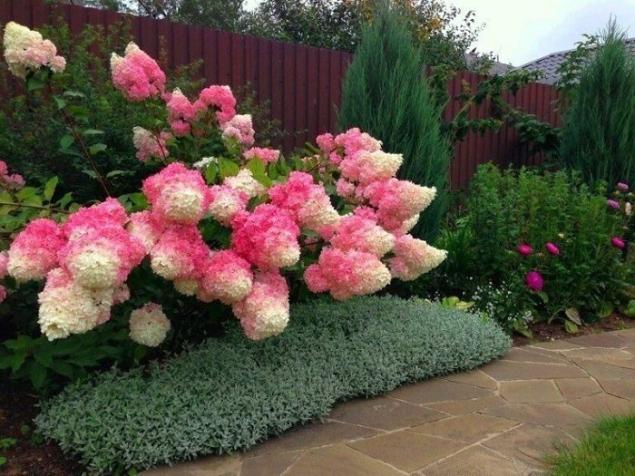
- Pruning is an important part of plant care. Timely and pruning promotes lush flowering and involves the removal of old inflorescences to the first pair of healthy and strong buds.

- And another one. crucial! For maximum comfort of hydrangea, loose, rich in humus, acidic soil is necessary. If you provide these simple conditions - your garden will certainly decorate an extremely beautiful flower!

You will never regret planting hydrangeas in your garden! From spring to autumn it will delight you with its touching and charming beauty.
It can't be easier! Sprayed quickly safe means to tame the mold forever.
A bathroom from nothing, or a gift from a mother-in-law













